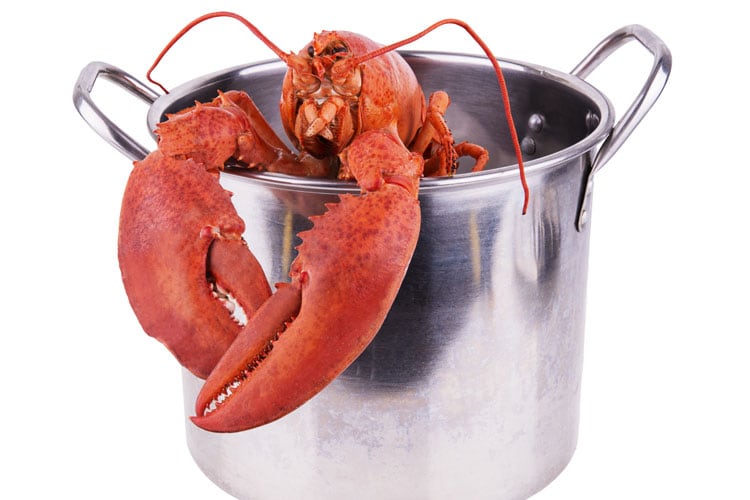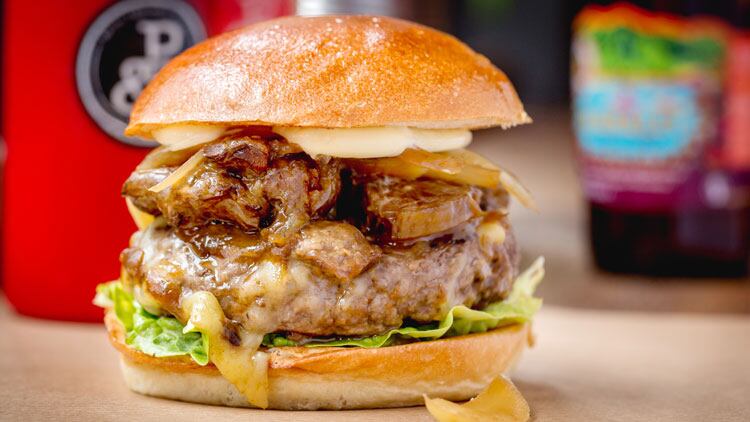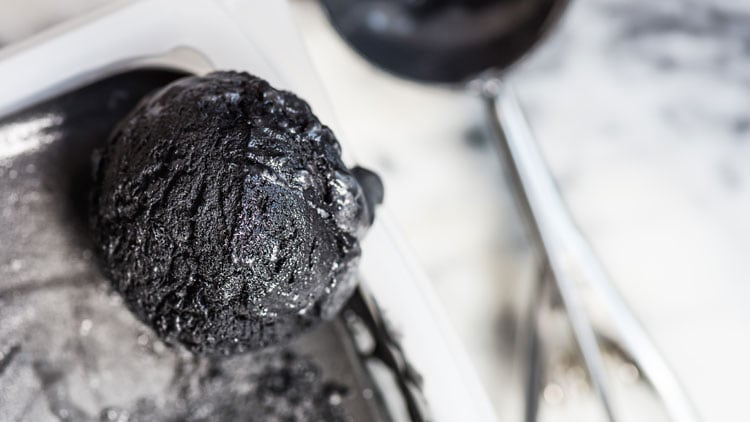First grouse and now this… not wishing to appear crabby, but aren’t there more pressing matters for Labour?
To be fair this isn’t exactly top of its political agenda, but it’s an important issue for restaurants nevertheless.
So what’s the deal then?
Currently lobster and squid are not included in the legal definition of an animal, meaning that corresponding welfare laws do not apply to them; so cooking lobsters alive at home or in restaurants remains an acceptable practise. However, some scientists and animal rights activists have argued against this saying that a lobster’s central nervous system is complex enough to feel pain, and in both New Zealand and Switzerland the practise of boiling lobsters alive is illegal. And now, in a bid to install greater protection laws for animals across the globe, Labour’s shadow environment secretary Sue Hayman has followed suit by announcing plans to recognise lobsters as sentient animals and end the practise in the UK.
Suppose we should wave goodbye to seafood restaurants with huge lobster tanks in the front, then?
Not exactly. Restaurants should still be able to store live lobsters, but if they currently boil them alive when ordered they’ll have to change their preparation method.
What other ways are there to prepare a lobster?
There are plenty, although when it comes to which is the most humane there is no definitive answer. Various chefs, including Gordon Ramsay, say that the quickest way to kill a lobster is to plunge the tip of a sharp knife straight down right behind the lobster's eyes before putting it into the boiling pot. Some have suggested placing the lobsters in the freezer for an hour before cooking. And then there are others that say they stun their lobsters before cooking by using a Crustastun.
Sorry, what?
It’s essentially an electric chair for lobsters, but considered to be far more humane way of killing the animal. It takes the form of a large industrial instrument, about the size of a microwave, which you place the lobster in so that its covered by a wet, sponge-type material that allows an uninterrupted flow of electric current to stun the lobster before it’s cooked. If none of those sound good to you, though, there’s always Burger & Lobster’s method.
And what’s that?
In an article published by The Guardian last year, the restaurant chain, which is a significant importer of live lobsters in the UK, said it had “adopted a humane dispatch method ... using a pressurised environment with high-velocity steam [that] cannot be compared with boiling a lobster alive”. The spokesperson told the paper the system was the result of years of research, but at the time could not or would not say by whom it was conducted, other than “a collection of [the chain’s] chefs, marine biologists and lobster fishermen”…




